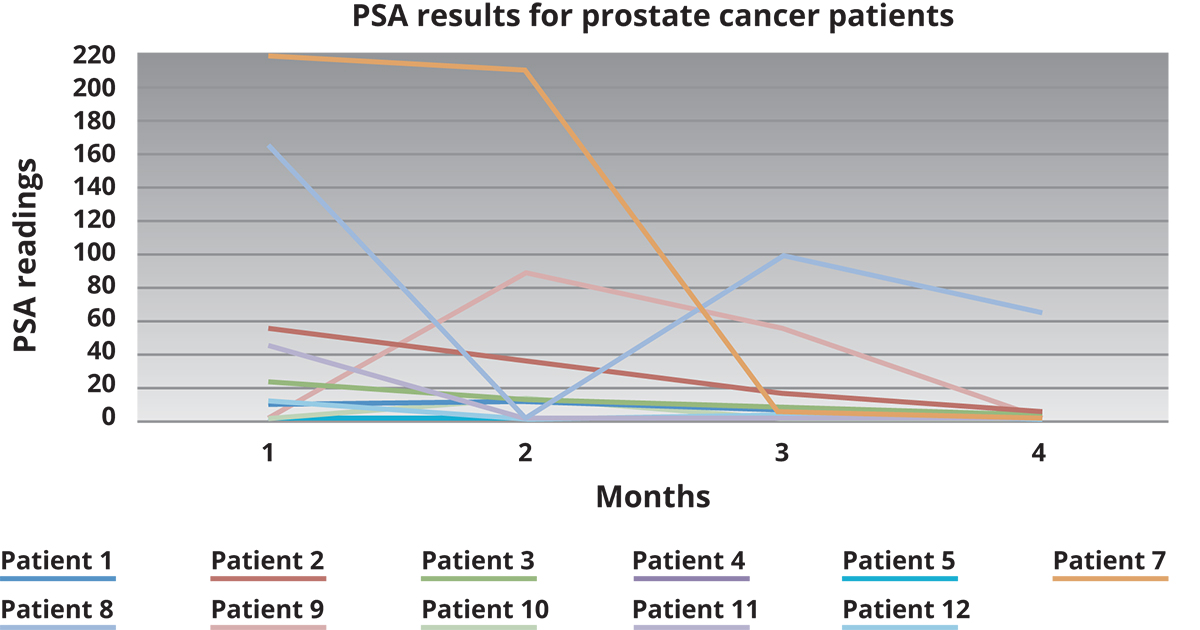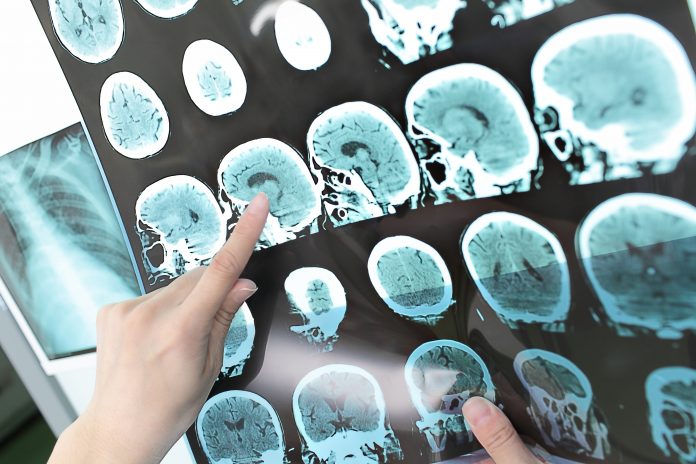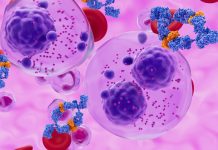Dr Shiksha Gallow, Medical Director of Biodata and Head Researcher at Cannabis Oil Research, provides evidence-based research on cannabinoids for treating MS and Prostate Cancer
The benefits of treating patients with cannabinoids, has been known for centuries. This article speaks to the medical science behind cannabis and the case studies, for MS and Prostate cancer, evaluated in South Africa.
The ECS has many important functions, such as responsible for initiating a host of physiological and psychological changes required to adapt to ever-changing environments. The ECS is responsible for Homeostasis in the body, as we are born with Endocannabinoids namely: Anandamide, 2 arachidonoyl glycerol (2AG), 2 arachidonoyl glycerol ether (Noladin ether), O-arachidonyl ethanolamine (Virodhamine) and N-arachidonyl dopamine (NADA).
The phytocannabinoids are derived from the cannabis or hemp plant. The endocannabinoids and phytocannabinoids have similar properties and effects, however, they have a very different chemical structure. They bond to the same cannabinoid receptors (CB1, CB2, TRPV1, PPARa, PPARy, GPR55).
Two sets of case studies are discussed in the article. The one showcases four patients diagnosed with Multiple Sclerosis (MS) and patients, and the other is Prostate Cancer and case studies of 12 patients. These are not clinical trials and are case studies and data analysed on patients who presented with these illnesses and who chose to treat these ailments using cannabinoids.

Multiple Sclerosis
MS is an inflammatory, autoimmune, degenerative disease of the CNS. The immune system malfunction destroys myelin (the fatty substance that coats and protects nerve fibers in the brain and spinal cord). MS is the condition most commonly associated with the therapeutic use of cannabis. It was the increasing illicit use of cannabis to treat MS that led to the House of Lords Science and Technology Committee inquiry in 1998.
Approval of Sativex (Nabiximols) for the treatment of spasticity in MS and is the first licenced cannabis medicine in modern times. MS patients experience chronic pain. Especially for neuropathic pain cannabis is effective, whereas opioids, NSAIDs and other pharmaceutical medicines are not effective. There is a large quantity of good quality evidence, including clinical trials with placebo controls that demonstrate the efficacy and safety of cannabis in treating chronic pain.
The following published articles demonstrate the evidence that cannabinoids do assist patients diagnosed with MS:
- 2010. Journal of pain. “This study adds to a growing body of evidence that cannabis may be effective at ameliorating neuropathic pain, and may be an alternative for patients who do not respond to, or cannot tolerate other drugs.”
- 2013. Canadian Medical Association Journal. “Our results support the claim that smoked cannabis reduces pain, improves mood and helps sleep.”
- 2015. Neuropsychopharmacology. “This study is the first to demonstrate the dose-and route-dependent analgesic effectiveness of cannabinoids for acute experimentally-induced pain in a pain-free population, evidence that supports the role of cannabinoids for the management of pain.”

Case study 1
Five women between the ages of 32-49, presented with MS symptoms and the diagnosis was confirmed on the MRI scan were the lesions were found. Each of these patients, were treated with the following cannabinoids: CBD, CBN, THC and THCa. The dosages started with 20 mg CBD per dose and increased to 40mg, then the THC component varied starting from a 4% and then slightly increased as required.
Of the 5 women, one was wheelchair-bound, and by month 6 was able to have improved co-ordination and decreased neuropathic pain. Her muscle mass also increased as we treated her with Glutamine. She was out of her wheelchair in month 7.
With all of the patients, the pain was managed, improved coordination, and improved vision. Of the 5 patients, 2 of the patients showed decreased lesions on the MRI scan, none showed complete reversal. These patients will continue on the treatment protocol and continue to be monitored on the MRI scans.
Prostate Cancer
Prostate cancer cells possess increased expression of both cannabinoid 1 and 2 receptors, and stimulation of these results in decrease in cell viability, increased apoptosis, and decreased androgen receptor expression and prostate-specific antigen excretion. It would be of interest to conduct clinical studies utilizing cannabinoids for patients with metastatic prostate cancer, taking advantage not only of its beneficial effects on prostate cancer but also of their analgesic properties for bone metastatic cancer pain.
Case study 2
A total of 12 patients were treated using the following cannabinoids: CBC, CBD, CBDa, CBG, THC and THCa. Essential oils such as Frankincense and Copaiba (another cannabinoid) were also used. Of the 12 patients, 3 of them had Chemotherapy and Brachytherapy. The other 9, used medicinal cannabinoids, and essential oils with no chemotherapy and radiation.
The PSA results were evaluated and these are displayed in the table and graph below. The 3 patients that had the chemo and Brachytherapy are highlighted in red until they discontinued the treatment.
Conclusion
Robust scientific studies describe the detail of experiments and share the results – positive or negative. This is vital for working out whether a potential disease treatment is truly safe and effective, or not. And publishing this data allows doctors around the world to judge the information for themselves and use it for the benefit and safety of their patients.
This is the standard to which all disease treatments are held, and it’s one that cannabinoids should be held too. Lastly, cannabis clearly offers significant therapeutic benefits for a wide range of conditions without substantial risks or unmanageable side effects.
*Please note: This is a commercial profile











